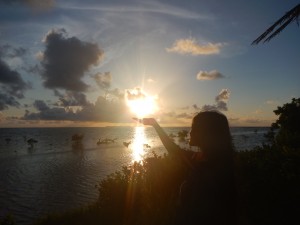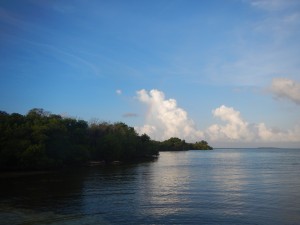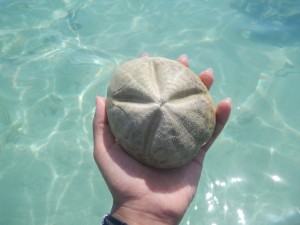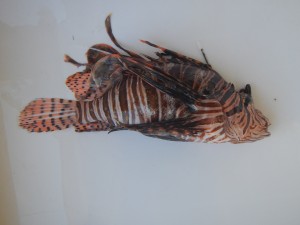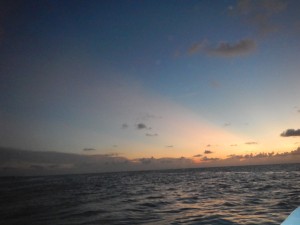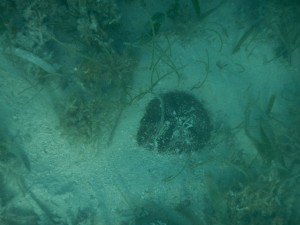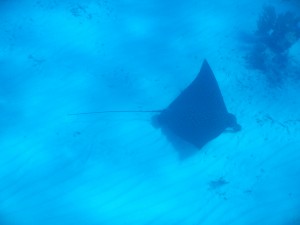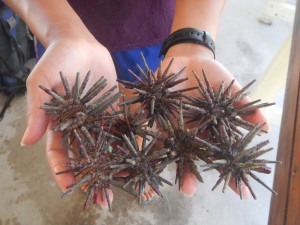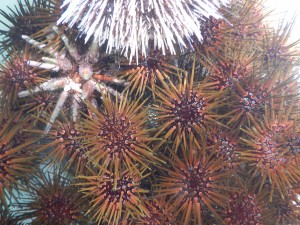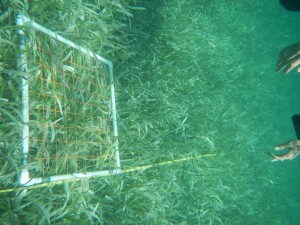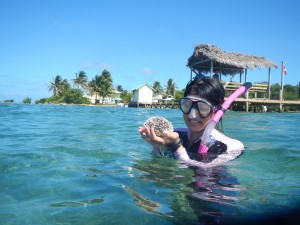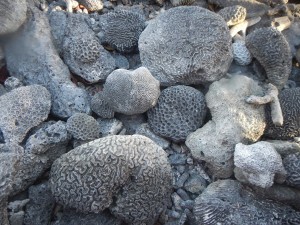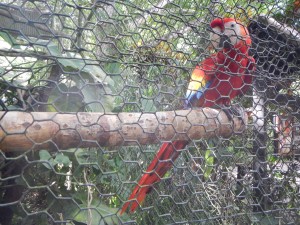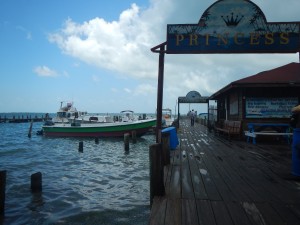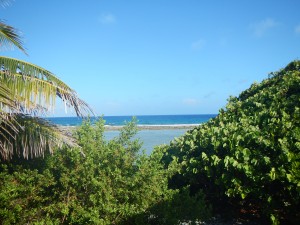What an adventure. So many miles traveled, wisdom gained, and personal growth has taken place during these past two weeks. I can vividly recall everyone sitting outside KWG 100 that first morning, eagerly awaiting what was to come and the cleanest we ever were. I have learned so much since then, and in the past hours as I have struggled to figure out how to sum up everything I want to say about this experience, I have realized that it’s almost impossible to put it all into words without writing a novel or two, but I will do my best here.
We were fortunate enough to visit two of the most beautiful and biologically diverse ecosystems in the world during our time in Belize: the tropical rainforest and the coral reef. Though these two ecosystems appeared very different to me at first, a closer examination revealed that they share many similarities. From the many layers of the rainforest canopy and the abundance of leaf litter canvasing the rainforest floor to the shallow sea grass beds and the wide range of coral structures in the reef, both ecosystems contain countless diverse niches and microhabitats that have the capabilities for a myriad of organisms and species flourish.
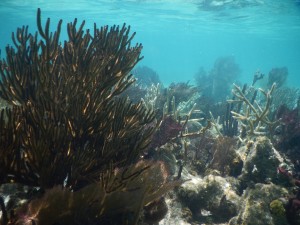

Along the same lines, the complexity and depth of both of these ecosystems are things that I feel I had an idea of before but didn’t truly grasp until I was totally immersed in them for the two weeks. For example, looking carefully at what appears to be a simple leaf-covered path in the forest can reveal several termites and beetle species under a log, a variety of arachnids skittering along the surface of the leaves, and snakes hidden just under them. Similarly, studying a mound of coral colonies might show Christmas tree worms burrowed into the polyps, sea urchins wedged into the crevices, and macroalgae growing in patches.
Experiencing it all firsthand really helped me understand how the numerous things living in both of those ecosystems are interconnected. Each species contributed something crucial to the ecosystem that they inhabited, and an environmental change that impacts one species undoubtedly impacts countless others as well. Learning about my two taxa played a role in this, with the beetles being important decomposers in the rainforest and the echinoderms being important prey and predators in the reef. Also interestingly and unexpectedly (for me at least) given the structural and organismal diversity present in these ecosystems, both of these ecosystems are fairly nutrient poor yet have managed to efficiently recycle nutrients to support their inhabitants.
In addition to the obvious species differences in these ecosystems, I noticed that the behaviors of the ‘dangerous’ species in each varied. While in the rainforest I was very wary of snakes and spiders, it turned out that most creatures would avoid you and we only saw one snake and few large mammals during our trip. On the other hand, the reefs were filled with things that simply hovered about unafraid of your presence (such as the jellyfish and lionfish).
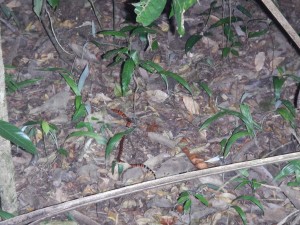
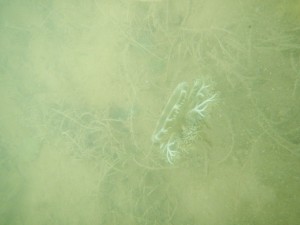
Throughout the course, I particularly enjoyed hearing from all of the guest lecturers and the constant exploration that occurred. I never felt bored, and everywhere I looked there was always something new and exciting to learn and see or someone with a unique perspective to talk to and learn from. If I had to choose a least favorite aspect of the course, it would probably be the amount of preparation that we had to do beforehand. Still, I can see how necessary and helpful all of it was.
I will no doubt remember how interlocked everything really is. Both within the ecosystems with the large trees and corals providing for the smaller species around them and outside of the ecosystems in our lives. As far removed as we might seem in our daily lives from either of those ecosystems, the things we do in our everyday lives leave a long lasting impact on the environment, as shown by the marine debris cleanup project that we did. As cliché as it sounds, this course also further reinforced the motto of hard work truly pays off. Hearing from a graduate student who spends hours sifting through photos from camera traps in the hopes of coming across a big cat snapshot about the simplicity of just remaining cheerful even when everything goes wrong is imprinted in my mind. Furthermore, I learned that working hard on your own is important, but it takes the efforts of many to manage the dynamics of conservation. Among the other lessons learned on this trip is that traipsing around in full body spandex dive skins is not actually as bad as it sounds, but putting it on is a struggle every time.
All in all, these past two weeks far exceeded my expectations. Not only did we have running water for the whole trip (well except for the time we were still in the states, ironically), but I also had countless opportunities to push past my comfort zones and see how incredible doing so could be. All of the sights and experiences were so much more beautiful than any textbook or online image could ever portray, and I am still in awe that I had the opportunity to witness it all.
Thanks for following along everyone; what an unbelizeably wonderful ride it’s been.

